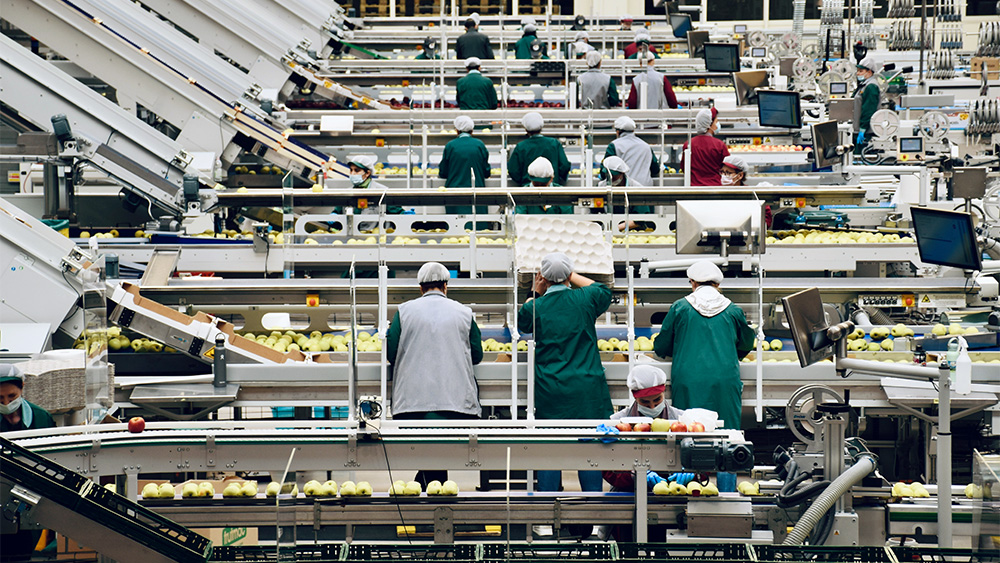When Henry Ford introduced the moving assembly line in 1913, manufacturing changed forever. Today, it stands on the edge of another revolution—one powered by AI, automation, and sustainability. Ford’s innovation paved the way for transformation. Those who embrace the future now will define manufacturing in 2028 and beyond.
|
ADVERTISEMENT |
Technological advancements, consumer demand, and global markets have always had the power to change the manufacturing industry. In the coming years, it’s inevitable that we’ll see some big changes. Here are some of the key catalysts to manufacturing transformation that will shape the industry in the next three years.
Rise of the smart factory
The manufacturing sector is already seeing fundamental shifts, thanks to the evolution of digital innovations. Automation and AI are transforming the factory floor, and this trend is set to continue.
…

Add new comment